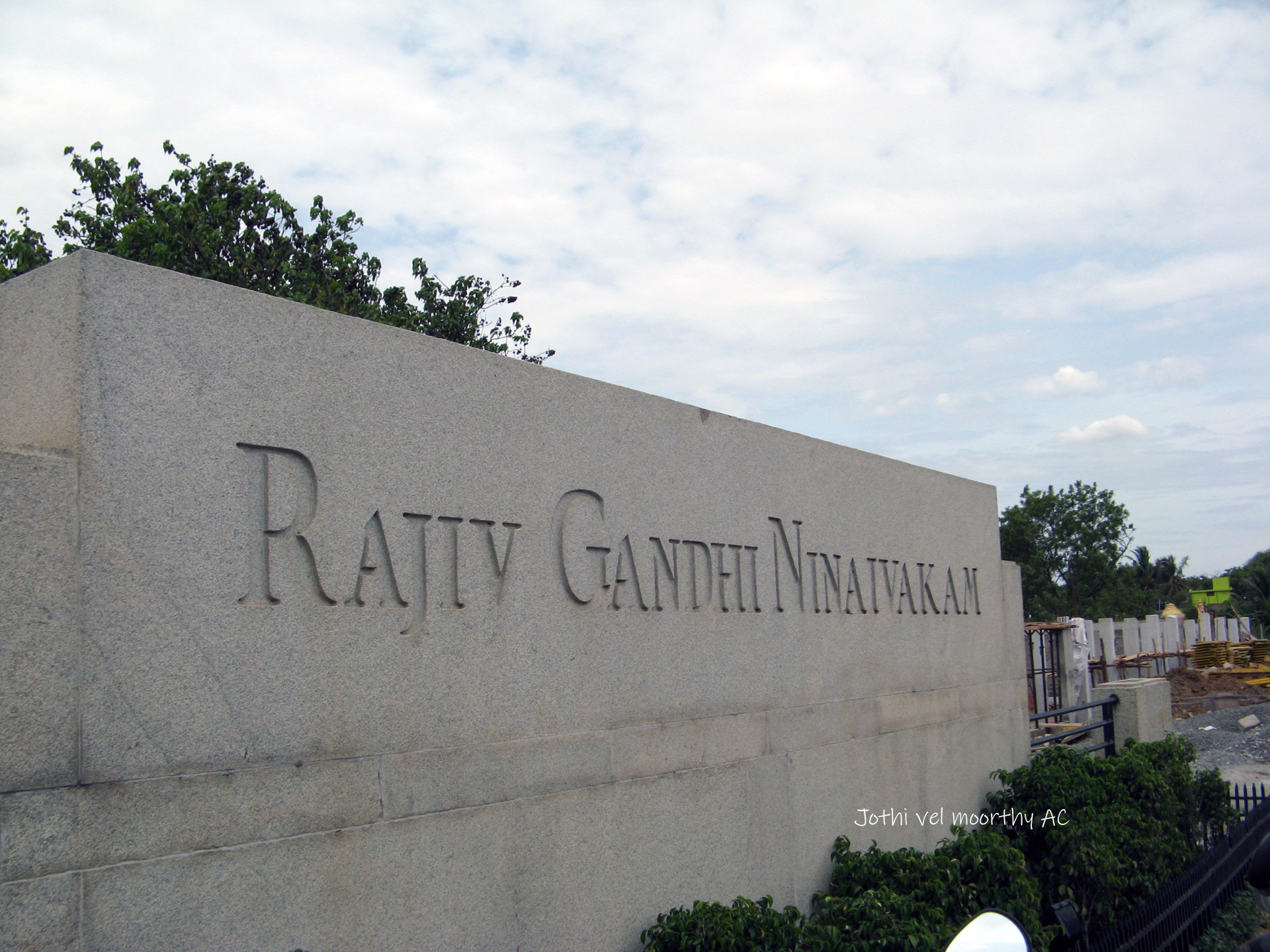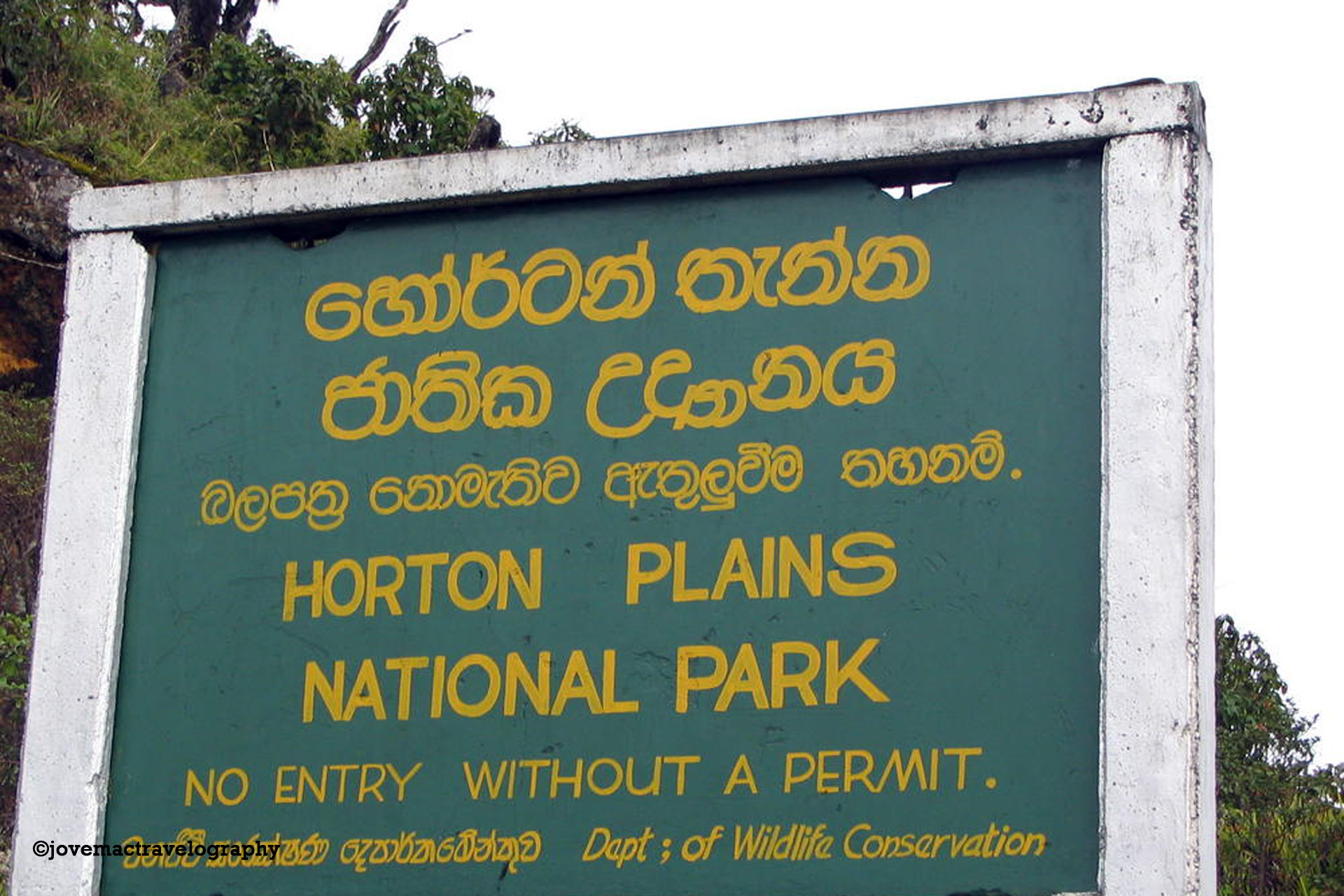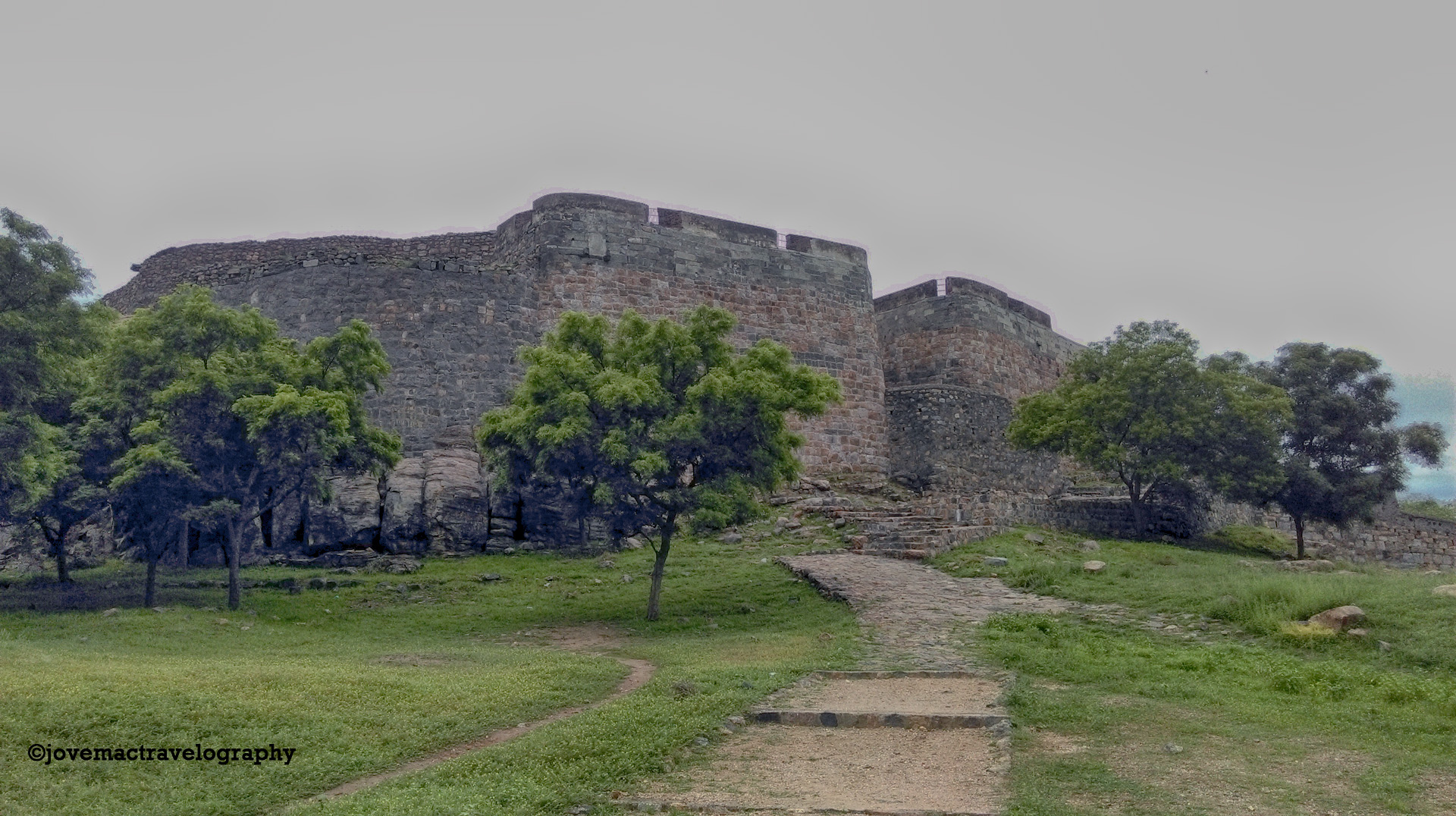A visit to Dhanushkodi takes your breath away and is a visual treat with incredibly beautiful views of the clear blue sea, but at the same time envelopes you with sadness with its ruins and the dilapidated remains of what was once a flourishing town.
Myths say, that when Rama’s army had to cross over to Lanka, he built a stone bridge over the ocean. After the war, when there was no use for it, he broke it with the end of his bow. Dhanushkodi happens to be one part of that bridge, the other end is the Sri Lankan border town of Talaimannar. Supposedly the other end of Rama’s bridge, a flourishing coastal town those days and the closest land border with India.
Strange as it may sound, India and Ceylon were connected through these two towns. The Indian Railways ran a train called the Boat Mail from Madras to Dhanushkodi; from there, passengers were ferried across the straits in boats to Talaimannar.
Those days Dhanushkodi was a bustling town with a sizeable population. It had a railway station, a small railway hospital, primary schools, a post office, customs and port offices, and other buildings.
It was here in this island in January 1897 that Swami Vivekananda again set foot on Indian soil, after his visit to the west to attend the World’s Parliament of Religions held in the United States.
All that changed on the night of December 23, 1964, when a cyclone of unprecedented scale hit the coast. So high were the waves, that not only the coast, but the entire town was taken in its wake.
December 22, 1964. 11 pm. Train No. 653 – the six-coach Pamban-Dhanushkodi passenger, hauled by a British-built steam locomotive set off an hour earlier from Pamban station with 110 passengers and five railway staff, its last run for the day. It was now yards away from Dhanushkodi station. The rain that had started a week ago got stronger and lashed heavily against the train’s window panes. In the dark, the sea gave nothing away. Just then, a giant wave rolled up and… the train was gone! So were 115 people on board. All dead! according to a stone plaque about 5 km ahead of Dhanushkodi.
The plaque goes on to say: “Over 200 people who lived on the Dhanushkodi coast also died in the cyclone. All the houses in Dhanuskodi were blown to pieces in the storm and marooned.” Neither the train nor its passengers were ever found.
Following this disaster, the Government of Madras declared Dhanushkodi a ghost town and unfit for living.
The ‘Boat Mail,’ was never restored, though the remains of the cyclone still stand muted at Dhanushkodi, reminding one of the scale of the destruction wrought by nature that day. The railway line was terminated and diverted to Rameswaram.

There were some stone walls too, erected for the safety of tourists and pilgrims.
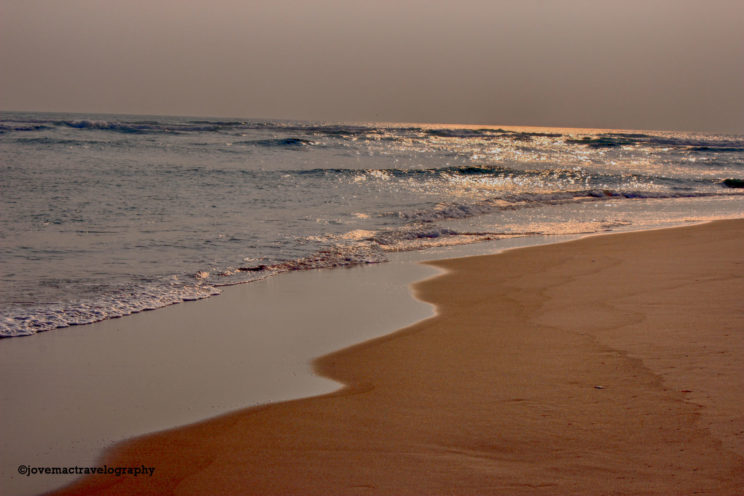
Beyond the haphazard walls was a never-ending stretch of gold: the sun’s rays dancing on the surface of the sea.
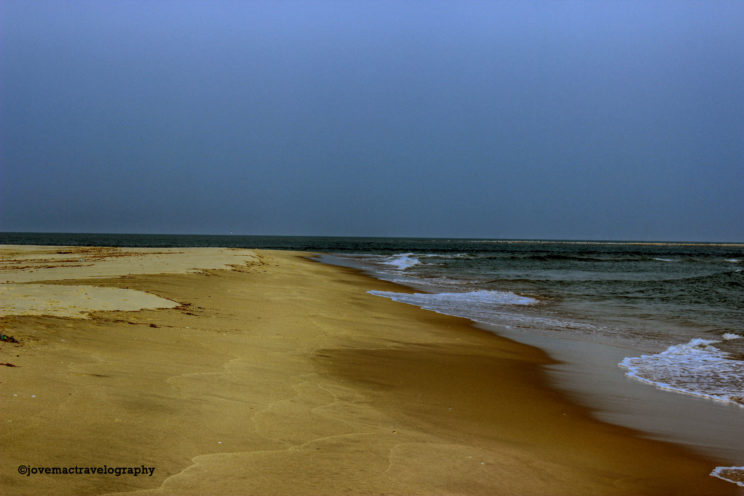
The sky, meanwhile, was a deep shade of blue.
The quietness was unsettling; the lack of any sign of humanity eerie, and the melancholy the place induces, unnerving.
This deserted island is occupied by hutments of fisher folk who seemed to live in isolation and with no connection other than jeeps and vans which were converted into a 4-wheel drive indigenously, by attaching a small metal part to the wheel. No other vehicle can run over such thick layers of sand. to the mainland and their main means of survival seemed to depend on the fish they catch from the sea.



This was the scenario till a months back. But now a recently opened 9.5 Km long road- missing link of NH 49 (new NH no 87) connects Dhanushkodi to the mainland from Mukuntharayar Chathiram to Arichal munai.

The road ends at the circular parking with Ashok pillar at the centre. The confluence of Bay of Bengal and Palk strait is easily accessible by walk.
What is seen today is the remains of a quaint church, police barracks, railway station and customs office
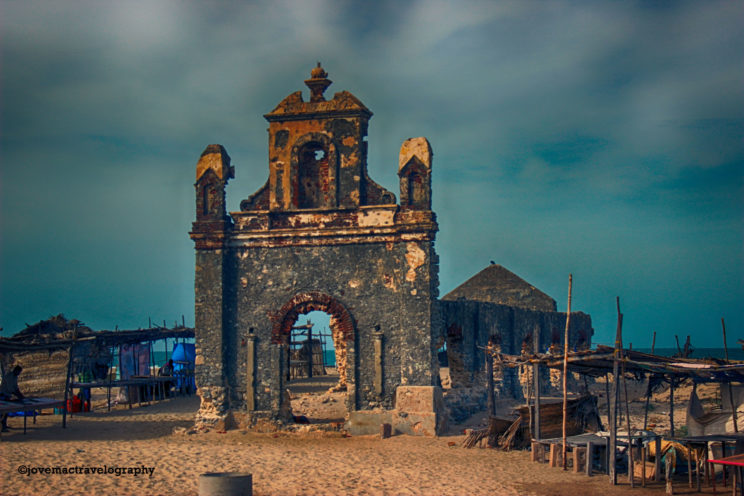
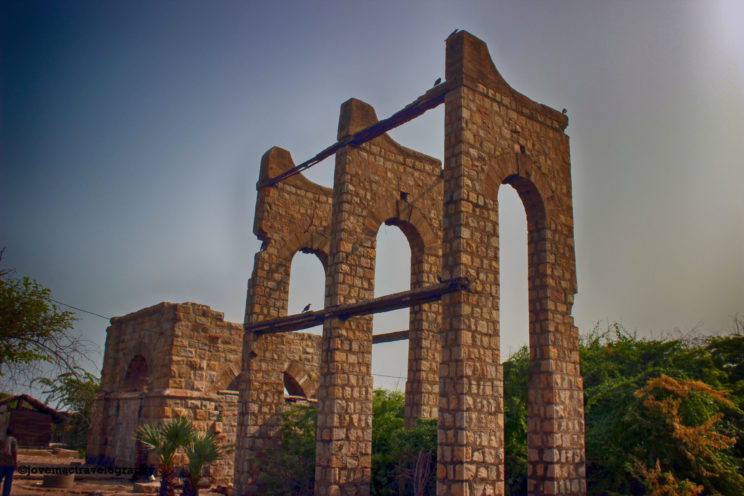

This gentle man who survived the 1964 cyclone and still lives in that place..
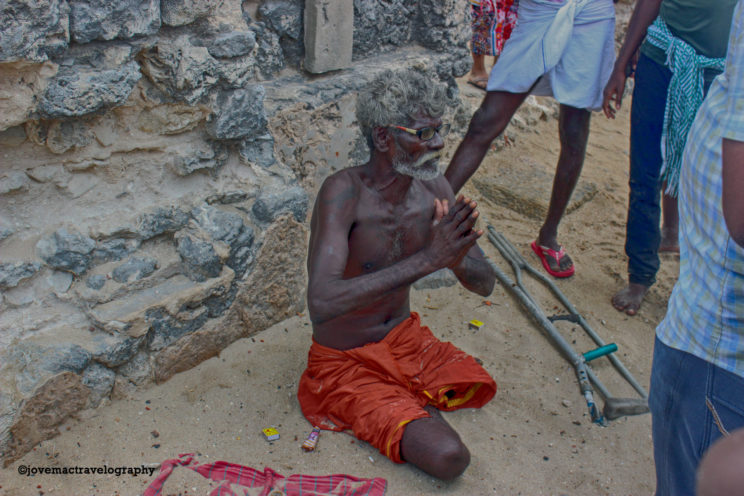
The pilgrims take a holy dip in the sea, take selfies amid the ruins, shop at the shell shops, before returning to Rameswaram from this eastern tip of the island, leaving behind eerie evenings.
A popular belief is that, Dhanushkodi is where Vibishana, a brother of Ravana surrendered before Rama in the epic Ramayana.
![]()

